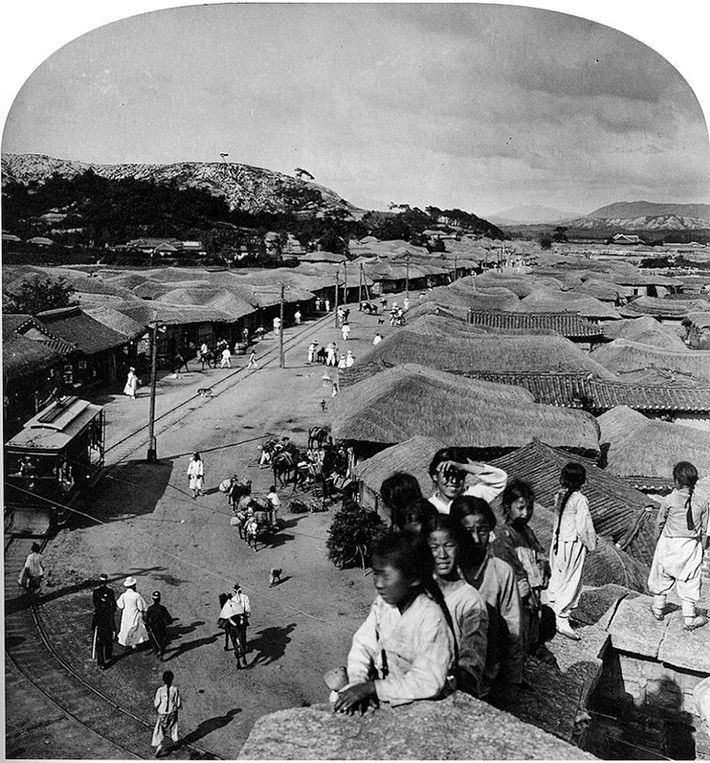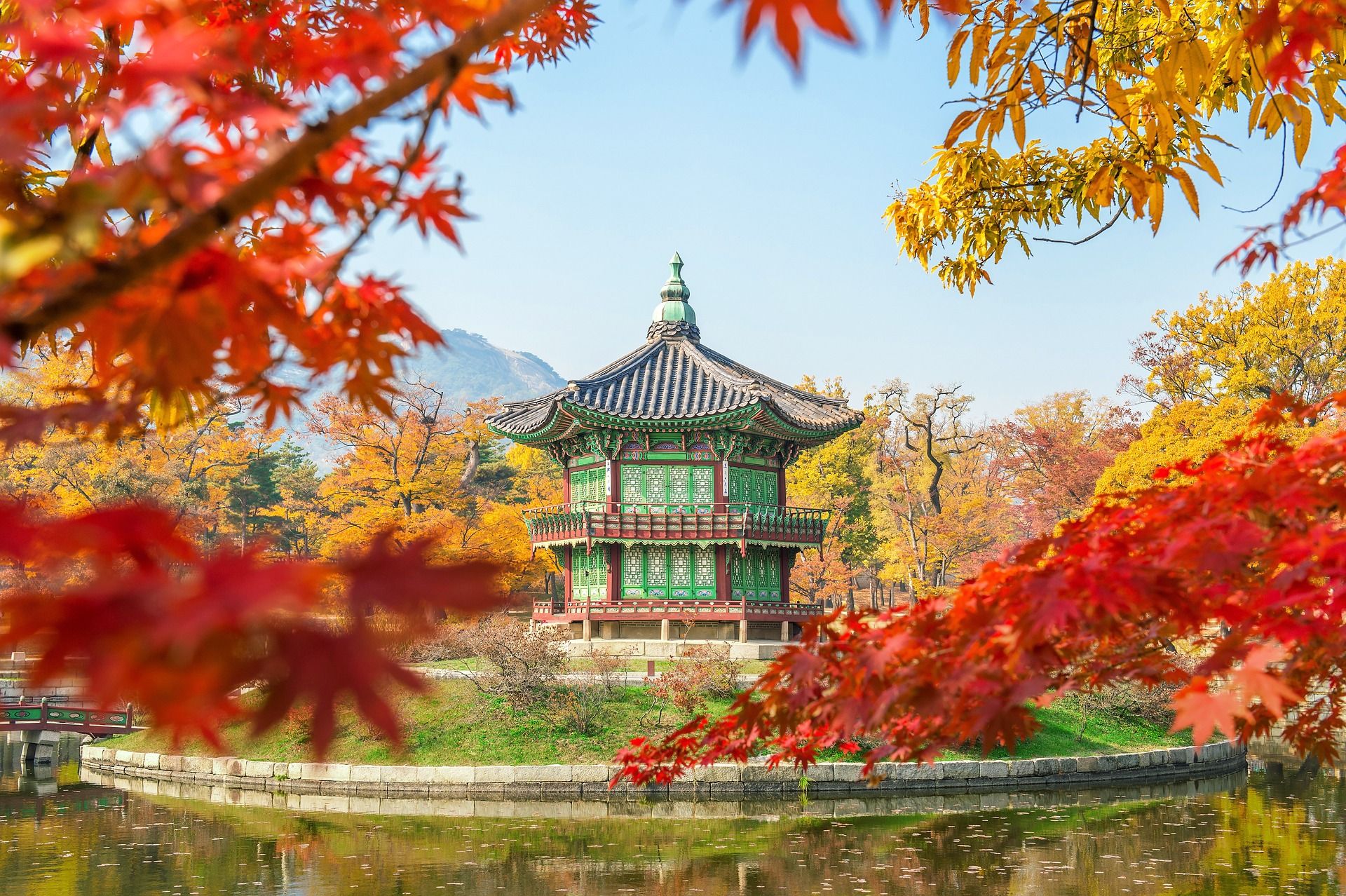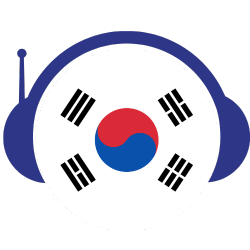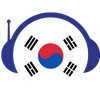The Urban Evolution of Seoul
From a Riverside Settlement to a Megacity: Seoul's Emergence
Before the gleaming skyscrapers and bustling streets, Seoul was merely a riverside settlement, embraced by the Han River. The city's initial location was no accident – the river not only provided a source of fresh water but also fertile plains, suitable for farming. This strategic location between the river and the surrounding mountainous terrain made it a natural point of convergence for trade and communication.
The Three Kingdoms Period: Laying the Foundations
During the Three Kingdoms period, Seoul wasn't the main political center but was still significant. It was the control point for the northern trade routes and a strategic defensive point against invasions. As kingdoms battled for control over the Korean peninsula, Seoul's urban importance slowly started to shine. The natural fortifications – the Bukhansan and Namsan mountains – made it a logical choice for a city that had aspirations for stability and growth.
Goryeo Dynasty: The Rise of a Nearby Capital
While the Goryeo Dynasty's capital was located in Gaeseong, a city to the north, the significance of Seoul (then known as Hanyang) grew. The dynastic shifts saw the surrounding regions develop rapidly in culture and infrastructure, indirectly benefiting Seoul.
Joseon Dynasty: The Birth of Seoul as the Capital

The Joseon Dynasty saw Seoul's transformation from a mere urban center to the capital of a thriving nation. King Taejo, the founder of the Joseon Dynasty, renamed Hanyang to Hanseong and declared it the capital. Why? The city's geography played a pivotal role again. Not only was it easily defensible, but its central position in the Korean peninsula allowed for effective governance and administration. The city blossomed, with new palaces, administrative buildings, and urban infrastructures, like the Cheonggyecheon stream.

The Modern Marvel: From Hanseong to Seoul
Fast forward to the modern era, and the name changes once more: Seoul, which translates to "capital city". This period witnessed the city undergoing rapid urbanization, with roads, bridges, and railways connecting it to every part of Korea and beyond. The Han River, once a serene water body, now bore witness to the construction of bridges and establishment of businesses along its banks.
Seoul's rapid development post the Korean War is nothing short of phenomenal. Modern architectural marvels sprouted amidst historic structures, creating a unique cityscape—a blend of the old and the new. Neighborhoods like Gangnam transformed from agricultural fields in the 1970s to urban hubs with skyscrapers, nightlife, and bustling streets.
Urban Planning & The Green Revolution
It's essential to recognize Seoul's urban planning endeavors in its evolution. The city, despite its rapid growth, made conscious efforts to incorporate parks and green spaces. The restoration of the Cheonggyecheon stream in the 21st century is a testament to Seoul's commitment to balancing urban growth with environmental sustainability.

A City Shaped By Geography and Time
Seoul's transformation from a riverside settlement to one of the world's most dynamic megacities is a tale of strategic geography, timely urban planning, and centuries of cultural evolution. As the Han River continues to flow through its heart, Seoul stands as a testament to how nature and humanity can coalesce to create urban magic.
Seoul's Urban Oasis: A Testament to Thoughtful City Planning
In the midst of its urban sprawl, Seoul emerges as a city that champions public spaces, cultural hubs, and green lungs. The municipality has always placed a high emphasis on crafting public infrastructure that not only enhances the lives of its citizens but also showcases the rich tapestry of Korea’s history and culture. Over the decades, Seoul's local government and urban planners have made concerted efforts to ensure that despite the rapid pace of development, there remains an abundance of recreational areas, cultural landmarks, and public amenities. They understood that for a city to truly thrive, it needed spaces that breathed, that inspired, and that preserved memories.
Some of Seoul’s most notable public spaces and infrastructures include:
Parks and Recreational Areas:
- Namsan Seoul Tower and Namsan Park – Offering panoramic views and a meld of history and modernity.
- Hangang Park – A riverine retreat with diverse recreational amenities.
- Bukhansan National Park – A verdant escape within the bustling city.
- Yeouido Park – A blend of traditional and modern recreational facilities in the city's financial district.
- Dream Forest – A relatively new addition, offering picturesque views, arts theaters, and even a deer garden.
- Olympic Park – Legacy of the 1988 Olympics, a place where sports, culture, and nature converge.
- Seoul Forest – An eco-friendly zone designed to emulate European parks.
- World Cup Park – Established to commemorate the 2002 World Cup, comprising five smaller parks.
- Seonjeongneung – A serene space hosting royal tombs from the Joseon Dynasty.
- Seoseoul Lake Park – A calming lakeside park ideal for families and outdoor activities.
Cultural Landmarks:
- Gyeongbokgung Palace – A majestic representation of Korean royal history.
- Insadong – The cultural heartbeat with its traditional offerings.
- Bukchon Hanok Village – Preserving the charm of traditional Korean houses.
- Changdeokgung Palace – A UNESCO World Heritage site known for its beautiful gardens.
- Jongmyo Shrine – Another UNESCO site, this royal shrine is the oldest and most authentic of its kind.
- Myeongdong – Seoul's shopping Mecca that never sleeps.
- Itaewon – An international district known for its diverse food, shopping, and nightlife.
- Dongdaemun Gate – An ancient city gate turned cultural icon.
- N Tower – Representing modern Seoul, with captivating views of the cityscape.
- Hongdae – The vibrant neighborhood centered around art, music, and youth culture.
Museums and Public Infrastructure:
- The National Museum of Korea – A testament to Korea's rich historical tapestry.
- Seoul Museum of Art – Bridging the past and the present in the world of art.
- Dongdaemun Design Plaza (DDP) – A hub of modern design and innovation.
- War Memorial of Korea – Honoring the memories of those who served during the Korean War.
- Leeum, Samsung Museum of Art – Where traditional art meets contemporary pieces.
- The Folk Museum of Korea – Offering insights into traditional Korean life.
- Museum Kimchikan – Delving deep into the world of Korea's most famous side dish, Kimchi.
- Seoul Museum of History – Narrating the vibrant tale of Seoul's evolution.
- Trickeye Museum – An interactive 3D art museum, perfect for creative spirits.
- Ilmin Museum of Art – Known for its modern and contemporary exhibitions.
While this list provides a more detailed look into Seoul's public spaces, the city is still bursting with more undiscovered gems, waiting to be explored. Each corner, street, and alleyway has a story, and there's always something new to discover in this ever-evolving metropolis.
Our team will publish one article for each of the park, museum and cultural landmark listed in this article.

